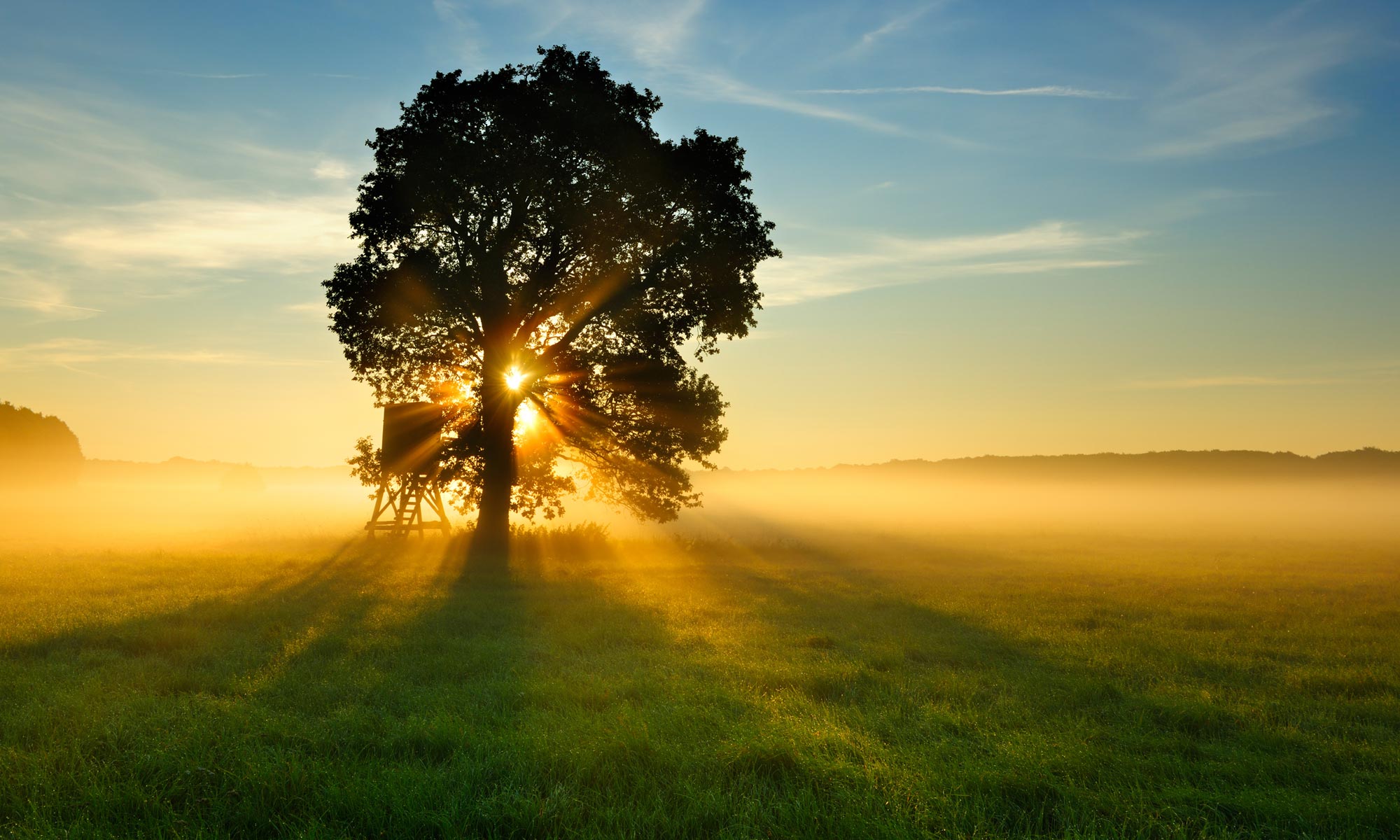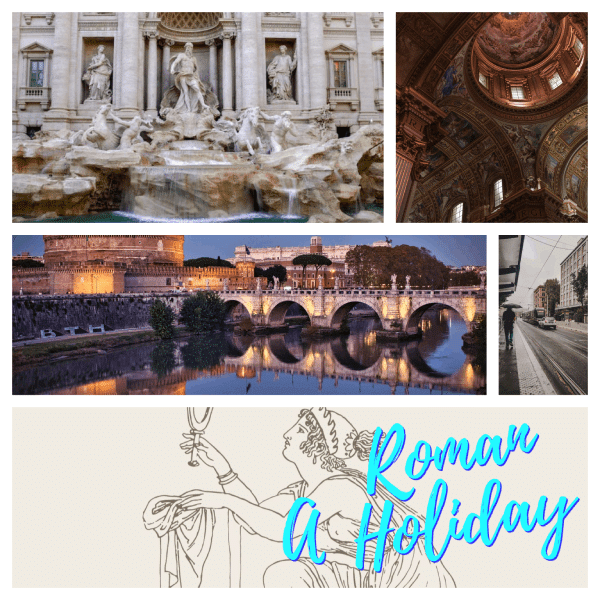
It’s Your Roman Holiday: Richard Uzelac
In the eternal city of Rome, where urban chaos often seems imminent, a transformative shift is palpable. The bustling metropolis, typically on the brink of an urban breakdown, now stands at the threshold of a remarkable transformation. Like a revitalizing breeze that sweeps through the ancient streets, a sense of possibility permeates the air, promising more than just the fleeting charm of a summer’s day — It is what Rome is now. Rome has become a very popular place for tourists. And here is why.
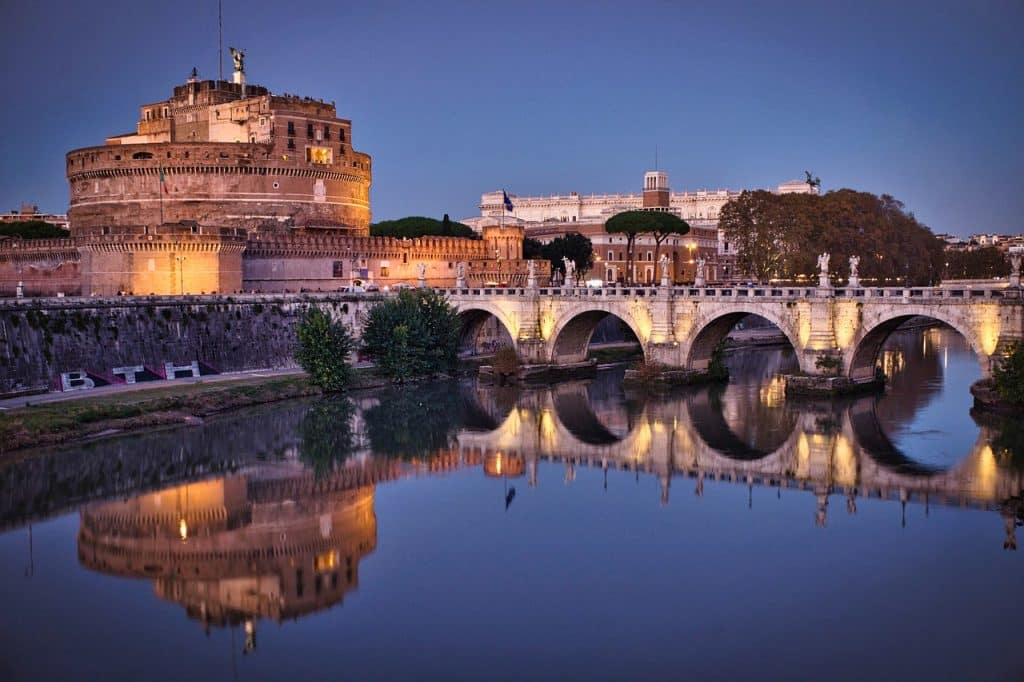
Castel Sant’Angelo
Castel Sant’Angelo stands as a symbol of the layers of history that have shaped the eternal city of Rome — Nestled on the banks of the Tiber River. Initially conceived as Emperor Hadrian’s mausoleum in 135 AD, this imposing structure has undergone diverse transformations, evolving from a solemn tomb to a military fortress and eventually earning the name “Castle of the Angels.” Let’s embark on a journey through time to unravel the fascinating history concealed within the walls of Castel Sant’Angelo.
Hadrian’s Mausoleum:
Long before the Popes took up residence within its confines, Castel Sant’Angelo was conceived as the final resting place for Emperor Hadrian and his family. The top brick part, culminating with the iconic angelic statue, is a distinctive feature that overlays the original mausoleum. Beneath, a rough stone area harks back to the time when it served as a tomb for Hadrian. It was strategically placed outside the city walls—a common practice in ancient Rome, where burial within city limits was prohibited.
Military Fortress and the 1480s Concrete Shoulders:
In the late 15th century, the fortress found itself at the forefront of military strategy. Alexander VI, in the 1480s, fortified Castel Sant’Angelo with four robust bastions or towers, the heavy concrete shoulders of its time. These additions were a response to the prevailing concerns of war, solidifying the castle’s role as a formidable defensive structure.
Castle of the Angels:
The name “Castel Sant’Angelo” finds its roots in a divine vision that unfolded in 590 AD. Saint Gregory the Great, seeking to protect his people from a plague, reported a series of processions culminating at the location where the castle now stands. According to accounts, an Archangel Michael appeared, sheathing his sword—a symbolic end to the epidemic. Another interpretation suggests that the angel marked the christening of pagan Rome into Christian Rome, marking the beginning of the medieval Holy Roman Empire. The papal apartment, perched at the fortress’s pinnacle, became a safe haven for the Pope, guarded by the angel with his sword.
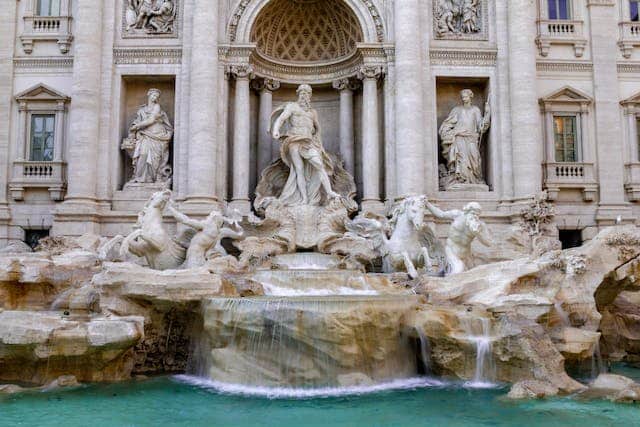
The Trevi Fountain
The Trevi Fountain, an iconic masterpiece in Rome, was built by architect Nicola Salvi and completed by Giuseppe Pannini in 1762. Its grandeur and Baroque design reflect the artistic spirit of the time. The statues adorning the fountain depict various mythical figures and allegorical representations, conveying themes of abundance, health, and the changing moods of the sea. The central figure is Neptune, flanked by Tritons guiding seahorses. The grand façade behind it is the Palazzo Poli, providing a stunning backdrop to the fountain’s theatrical display. Visitors’ tradition of tossing coins into the fountain contributes to a fund for charity. The water originates from the ancient Aqua Virgo aqueduct, dating back more than 2,000 years.
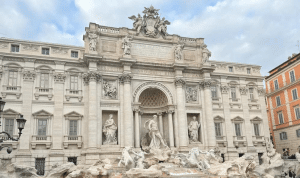
During the Dark and Middle Ages, the Trevi Fountain served as Rome’s sole source of clean drinking water, a crucial lifeline in contrast to the contaminated Tiber River. In 1453, Pope Nicholas V envisioned enhancing this vital water source, laying the groundwork for what would become the Trevi Fountain. For centuries, it underwent minimal modifications until the 1600s when Pope Urban VIII Barberini, an admirer of sculptor Gian Lorenzo Bernini, commissioned him to redesign the fountain. Bernini’s plans included expansive basins, transforming the space into a square. Although the project stalled due to the Pope’s shifting priorities, the Trevi Fountain eventually materialized as an enduring symbol of artistic and functional harmony in the heart of Rome.
Rome is a city of churches, with over 200 churches to visit. Among them, the city has four major basilicas that are considered the most important and significant churches in the world. These basilicas are the Basilica of St. Peter, the Arch-Basilica of St John Lateran, the Basilica of St Paul Outside the Walls, and the Basilica of St Mary Major.
Holiday in Rome
Getting around Rome can be challenging, as buses often do not show up, and the two subway lines serve a limited swath of the city. Your best bet is to take a taxi or rent a scooter. Bet you can roam around Rome in like 4 days -eh. It is best to explore Rome on foot, as it is a city that is best experienced on foot. This way, you can take in the sights and sounds of the city you might otherwise miss.
In addition to Rome, there are many other beautiful cities in Italy that are worth visiting. One such city is Florence, which is known for its art, architecture, and history. You can get to Florence by train from Rome, and the journey takes approximately 1.5 hours. Once you arrive in Florence, you can explore the city’s many museums, galleries, and historic landmarks, such as the Uffizi Gallery, the Ponte Vecchio, and the Duomo. Florence is also known for its food and wine, so be sure to indulge in some of the local cuisine while you’re there.
